Flat Pack versus Rigid…
One of the many decisions to be made when choosing or designing your new kitchen is whether to have the furniture delivered to your door as a fully assembled ‘rigid’ kitchen or as a ‘ ready to assemble’ flat pack kitchen.
When visiting your chosen retailer its worthwhile asking the question as to how your kitchen will be supplied as it’s not always evident from viewing the display alone.
I once came across an offer in an outlet that offered ‘your Rigid kitchen will be delivered to you in a flat pack form, for your convenience’!
As with all proven methods there are pros and cons for both types.
Rigid kitchens are assembled in the factory usually utilising the ‘glue and dowel’ method where all the components are placed in position inside a very accurate jig. The assembler then presses the button and the components are gently squeezed together. It is then held in place for a few minutes whilst the glue starts to cure ensuring that each cabinet is perfectly square before being removed from the jig and onto the next part of the assembly process.
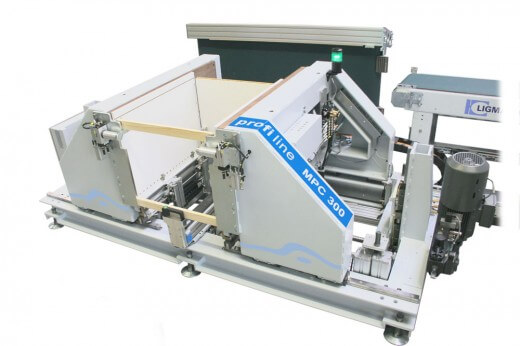
Assembly Jig
Naturally there is an on cost for this process but when you consider that each cabinet comes completely assembled with all fittings such as hinges and drawers already in place, eliminating any missing components, which in turn makes a simpler job for the installer, then it may well be worth paying the premium.
Flat pack kitchens are also known as ‘KD’ or ‘Knock Down’ kitchens. They also have to be manufactured to the highest standard. The term Knock Down means that the product should be able to be built up and ‘knocked down’ with out suffering any deterioration to the construction so that if it were to be re-assembled it would be as good as the first time around.
As a flat pack kitchen potentially may be assembled by someone with no experience of building a kitchen from scratch the tolerances for manufacturing have to be incredibly accurate.
The acceptable tolerance used by most manufactures for drilling holes and cutting panels is + or – 0.5mm! Approximately the thickness of a human finger nail!
This has to be the case when the end product will ultimately be assembled on site.
Assembling your kitchen yourself obviously saves money, providing you have the ‘spare’ time to do it.
KD furniture generally utilises the ‘Cam and Dowel’ method and can be recognised by the ‘male’ dowel being screwed into the vertical panel and the ‘female’ cam being inserted into the horizontal panel, with a simple quarter turn then locking them together.
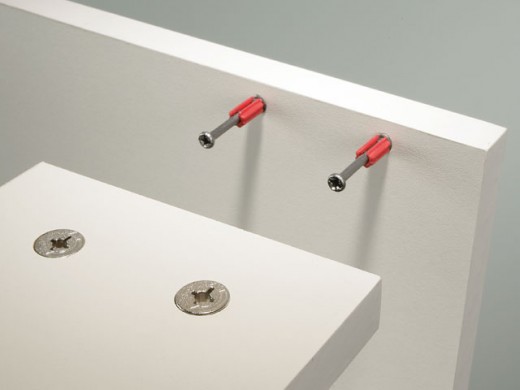
Cam and Dowel
At the end of the day both types of furniture are equally fit for purpose, it’s down to you the individual to decide what’s most suitable for your application.
One of these kitchens is ‘rigid’ one of them is ‘flat pack’. Can you spot the difference? Let us know by leaving a comment below!
About the author…
Richard Eastwood has been involved in design and consultancy within the kitchen industry for over 25 years. His many projects have included both traditional and contemporary designs such as modern new build apartments to the conversion of a derelict pig sty into a luxury dwelling.

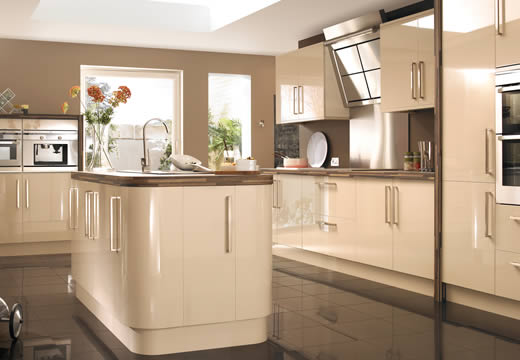
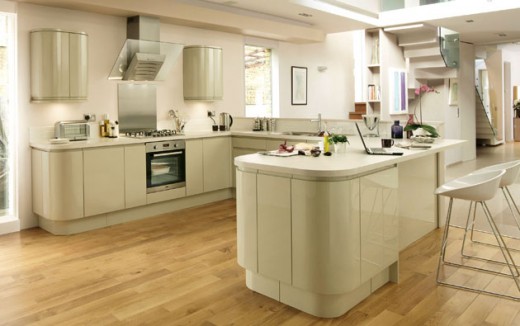
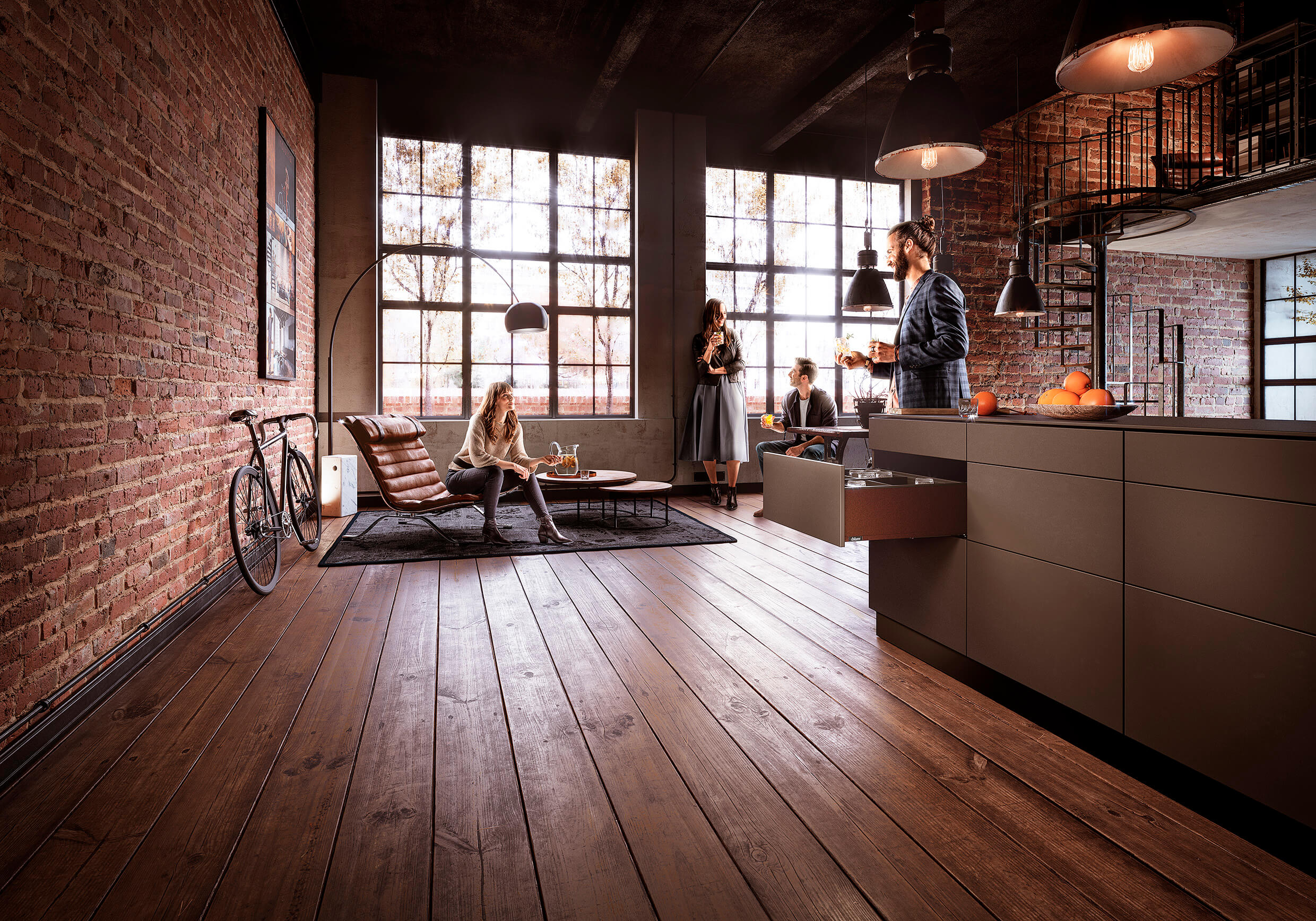
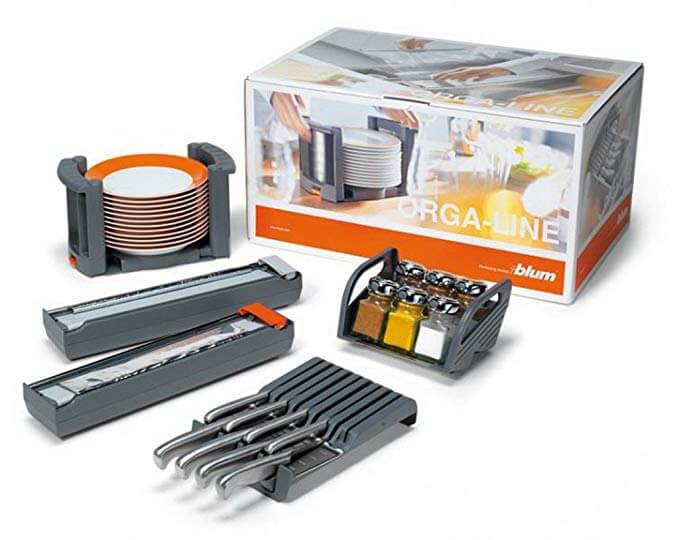





Leave a comment